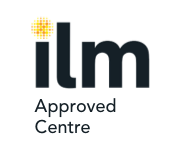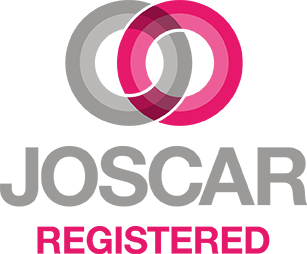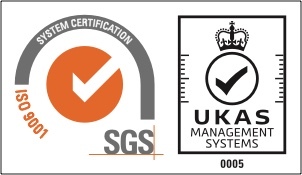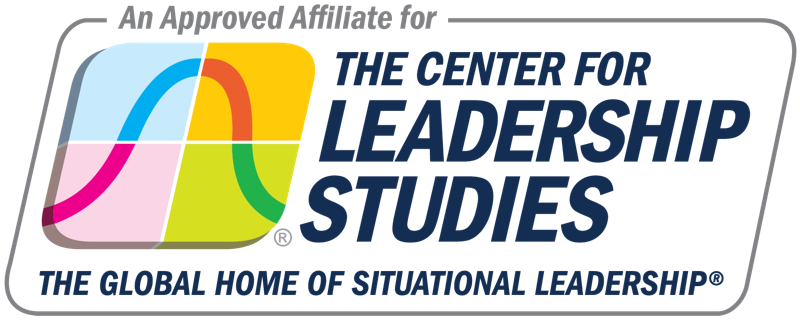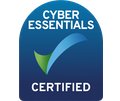.jpg)
By building a diverse and inclusive team, businesses can boost employee morale, create better problem-solving techniques, access different perspectives and drive meaningful success. Many companies set diversity, equality and inclusion (DEI) goals, however, a clear strategy is required to begin eliminating barriers, improving workplace culture and elevating productivity.
According to a survey by Workday, 31 per cent of UK respondents said their organisation did not take a strategic approach to inclusion and diversity and had not taken any steps towards implementing one. By celebrating differences within the workplace, companies can create a more open, productive, and positive atmosphere – but a clear strategy is crucial for success.
Establish Clear Goals and Define Your Strategy
Inclusion is providing a space where everyone can access opportunities and resources – where everyone feels valued and accepted. Diversity encourages different backgrounds and perspectives to be represented in the workplace. D&I is not limited to HR. Making substantive changes to your recruitment practices will only help you to achieve a better diversity and inclusion record if the rest of your organisation is properly aligned. It’s essential to ensure that initiatives are linked to core values rather than simply ticking boxes.
Analyse Your Existing Workforce
It’s crucial to start by looking closely at your current team. Identify areas where you have room for improvement in terms of D&I, such as gender balance or cultural representation. Also, look at how inclusion is demonstrated within the existing team; identify behaviours that need to be changed or improved upon. Do your staff recognise the importance of raising awareness of individual and organisational responsibilities? Does your business have a dedicated budget in place? The more you question and analyse your existing workforce, the more you will understand where improvements need to be made.
Implement a Diverse, Balanced and Inclusive Recruitment Strategy
Hiring a diverse, inclusive workforce takes time and effort. It takes a conscious effort to ensure that you are recruiting from various backgrounds, skillsets and perspectives. To help achieve this goal, create job opportunities which focus on the qualities required for the role rather than what an ideal candidate looks like. Don’t take shortcuts when assessing potential hires; use competency-based interviews and assessments to ensure everyone is treated equally. You should also consider implementing a structured recruitment process, such as an unconscious bias training programme for hiring managers or specific diversity targets.
Explore Diversity and Inclusion Training Courses
In order to ensure inclusion in the workplace, everyone must understand what it means and how it should be practised. Investing in diversity and inclusion training can help staff understand different perspectives, become familiar with unconscious biases, recognise privilege and respect others for their differences. Training sessions should focus on developing a shared understanding of D&I across teams and promoting positive behaviours such as empathy, collaboration, and open dialogue. At GBS Corporate Training, we provide training solutions which give all employees an understanding of the key issues and responsibilities of promoting a positive approach to equal opportunities, inclusion and diversity.
Embrace Open, Informed and Empathetic Conversations
One of the ways you can make your workplace more inclusive and engaged is to provide opportunities for team members to share their stories, listen, emphasise with others and learn. Encourage your workforce to understand the importance of respecting different backgrounds, beliefs, and lifestyles. By fostering an atmosphere where everyone feels comfortable to share their views without fear or judgement, or approach tasks differently with management approval, you can create a workplace where everyone is valued and respected. Regular check-ins are essential to track progress and measure success, so it may be beneficial to gain employee feedback to see if any changes need to be made. You may also consider creating a Diversity, Equality and Inclusion (DEI) committee or working group to help drive the initiative forward and share findings on equality metrics such as gender pay gap statistics and diversity quotas.
According to a report by McKinsey & Company, a global management consulting firm, companies with strong gender and ethnic diversity are 15% and 35% more likely to outperform their competitors and exhibit stronger financial results over time. Therefore, managing, maintaining, and promoting a fairer, more accepting, and diverse working environment is essential to the growth of any business. If you would like to improve team cohesion, boost staff retention and increase productivity in your workplace, we support businesses with customised Diversity and Inclusion training courses virtually, face-to-face, or with a blend of formats. To learn more, please speak with our training experts today on 01252 618 400 or visit our website for more information.
Sources:

